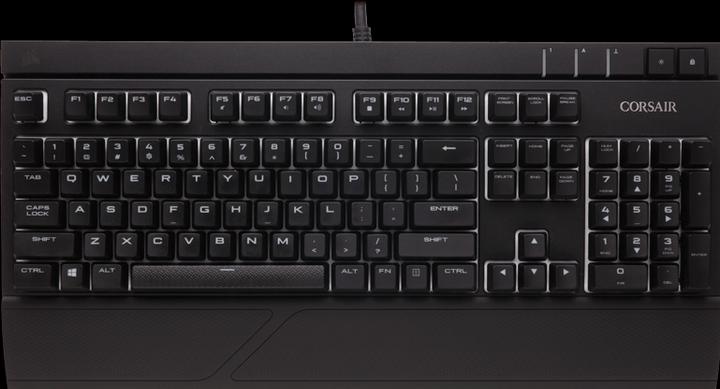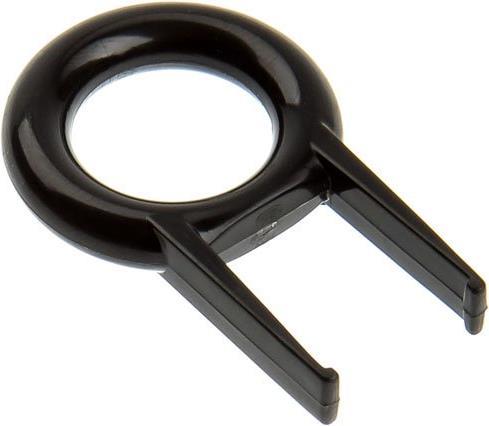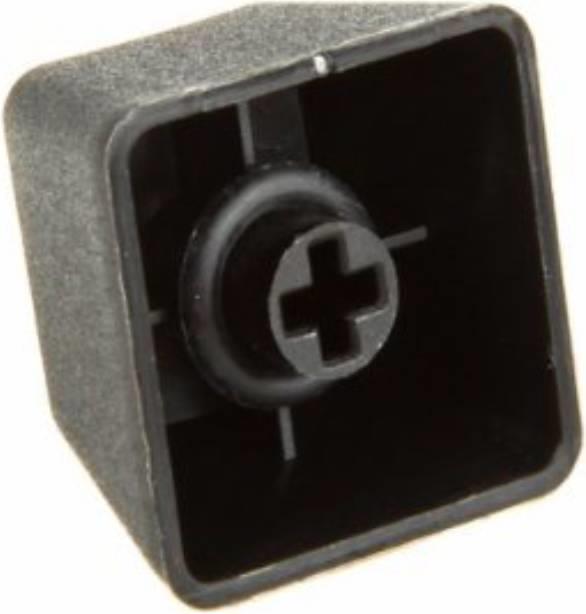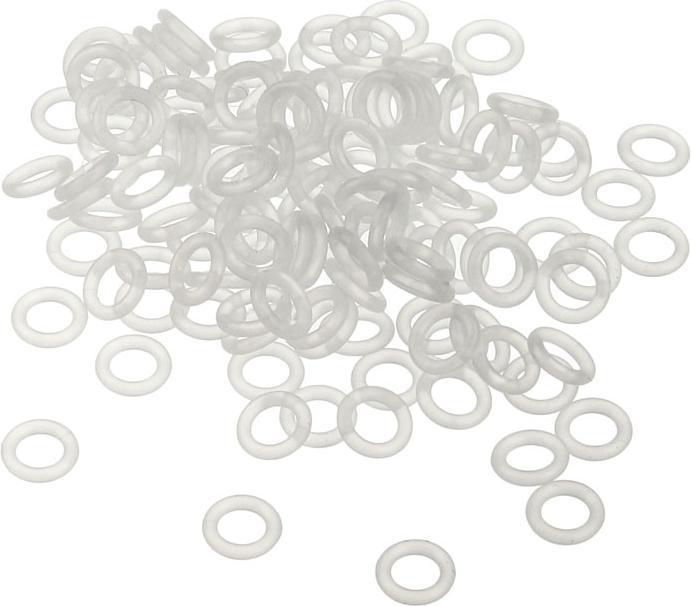

A beginner’s guide to keyboard modding – and why everyone needs the Das Keyboard
My keyboard is by far my most important working tool. So of course, I wasn’t ready to settle for the first keyboard I tried. What may not be as evident is the fact that I’m not necessarily happy with expensive stuff. This is the story of how I managed to get more performance out of a gaming keyboard.
On my first day at digitec, I was met with a keyboard that I instantly knew wouldn’t be my friend. It’s not that the Logitech K120 does anything wrong, as such. If you want a keyboard that works, withstands a fair bit and isn’t unnecessarily taxing on your wallet, this is one of your best bets. I even use one for my server system at home where I only have to enter something once every few leap years. So why not do it using remote access?

But I want more from a work keyboard that I use to write articles, instant message and all the other things you do with a keyboard. I want an exact pressure point. I want keys that are the perfect distance apart. I also want a bit of clickety-clack when I type.
That’s why I tried out the Das Keyboard.
The problem was the keyboard was simply too loud. My colleagues in the editorial team weren’t so keen on the noise that emerged when I put my fingers on the keys. Something quieter then became a must. Product manager Yves Sahli recommended I try the Corsair Strafe RGB Silent.
Although the keyboard passed the test, I had already fallen in love with the idea of unmarked keys at the time of testing. The reason being that I thought I typed blind and didn’t look down at the keyboard any more. And yet I kept doing just that – something that cost me valuable time. If there isn’t anything on the keys, there is nothing to look at. As a result, I don’t look down any more and have become a lot quicker at firing out articles.
The solution: keycaps
I took advantage of a feature specific to mechanical keyboards, namely that all the keys work independently of each other. In other words, the keyboard has over 100 component parts for the keys alone. Each key consists of two parts:
- Switch
- Keycap
Broadly speaking, the switch is the part that sends the signal from the keyboard to the computer and in doing so creates the letter on the screen. The keycap, on the other hand, is just a cover that you press on. All the caps can be removed and changed. Now this is where the fun really begins.
You can buy keycaps from our shop or browse elsewhere.
There is one thing to bear in mind when changing keycaps. Like any other standard-size Swiss keyboard, the Strafe RGB Silent has 105 keys. But what sets this keyboard apart is the length of the spacebar. On the Strafe RGB Silent it is 6.25x. This means the spacebar is the length of 6.25 normal keys. It’s easy to count this yourself.

If you want black keycaps, I’d recommend MaxKeyboard.
How to remove keycaps
Handy hints: You’re best to start with the keys F and J. This is where the knobs are located for blind typing and aligning your hands. I also suggest taking a photo of your keyboard before you replace the keys so that you know where everything goes – even if you’re attaching black caps.
In this DIY project, as with all such ventures, there are at least two possible methods. To remove keycaps you can use a
- Pocket knife
- Keycap remover.
The pocket knife is the more primitive method. At a pinch, a screwdriver or something similar would work, too. Although you can remove keycaps in a way that is more elegant and appealing to the eye, the pocket knife method does work. Simply slide the flat part under the key and gently push upwards. The key will come away. Then repeat for the remainder of the keys.

No matter how carefully you work, the pocket knife is the most crude way to remove a keycap. I would advise against it, unless you have a feel for it. If you are looking for a more gentle and sensible method, I’d recommend using a keycap remover.
Here’s how it works. Slide the clasps under the key, pull up and voilà. Do that 105 times and you’re sorted.

Then just press the keycaps on and you’ll be left with something like this.

Your keyboard should now look like a clone of the Das Keyboard. You may notice that my arrow keys and spacebar are still the ones from the Strafe RGB Silent. This is because a) I’m sometimes a bit lazy and b) the keys don’t particularly give any visual clues. So in the end, I decided to just leave them.
More about the Das Keyboard
Let me take you back to the Das Keyboard that I initially tested (what may seem like many moons ago) in this article. I bought the keyboard from digitec because I didn’t want to live a day more without that bit of kit. Honestly. You want a Das Keyboard, too. Perhaps you just don’t know it yet.
In any case, back at home, the machine gun-style clickety-clack typing I mentioned earlier didn’t annoy anyone. But I was still determined to find a way to make the keyboard quieter. That’s when O-rings came to the rescue.
O-rings are rubber rings that you attach under the keycaps. To do that, you remove the keycap, place on the O-ring and put the keycap back on the keyboard. You then have to press the key firmly a few times or give it a bit of a bash to get the O-ring to sit in place. You won’t notice when you look at the keyboard but you will hear the difference. The keyboard is noticeably quieter – even the Das Keyboard becomes bearable.

Now you’re all set and ready to go. If you want to type faster, you’re better with black keys. If you want to type more quietly, I’d recommend either the Strafe RGB Silent or O-rings. Happy typing.
Update: 15 May 2017
User spl4tt posted the following picture of his keyboard in the comments. I was so impressed I had to add this update. He started out with a Corsair K70 Rapidfire keyboard and modded it with transparent key caps from MaxKeyboard.

Carcharoth modded the Das Keyboard Model S Ultimate Silent Edition with MX Brown Keys featuring a Panic Button and Nyan Cat.

Here’s an idea. You add photos of your own keyboard in the comments and I’ll make a bit of gallery here. What do you reckon? Are you in?
Journalist. Author. Hacker. A storyteller searching for boundaries, secrets and taboos – putting the world to paper. Not because I can but because I can’t not.








